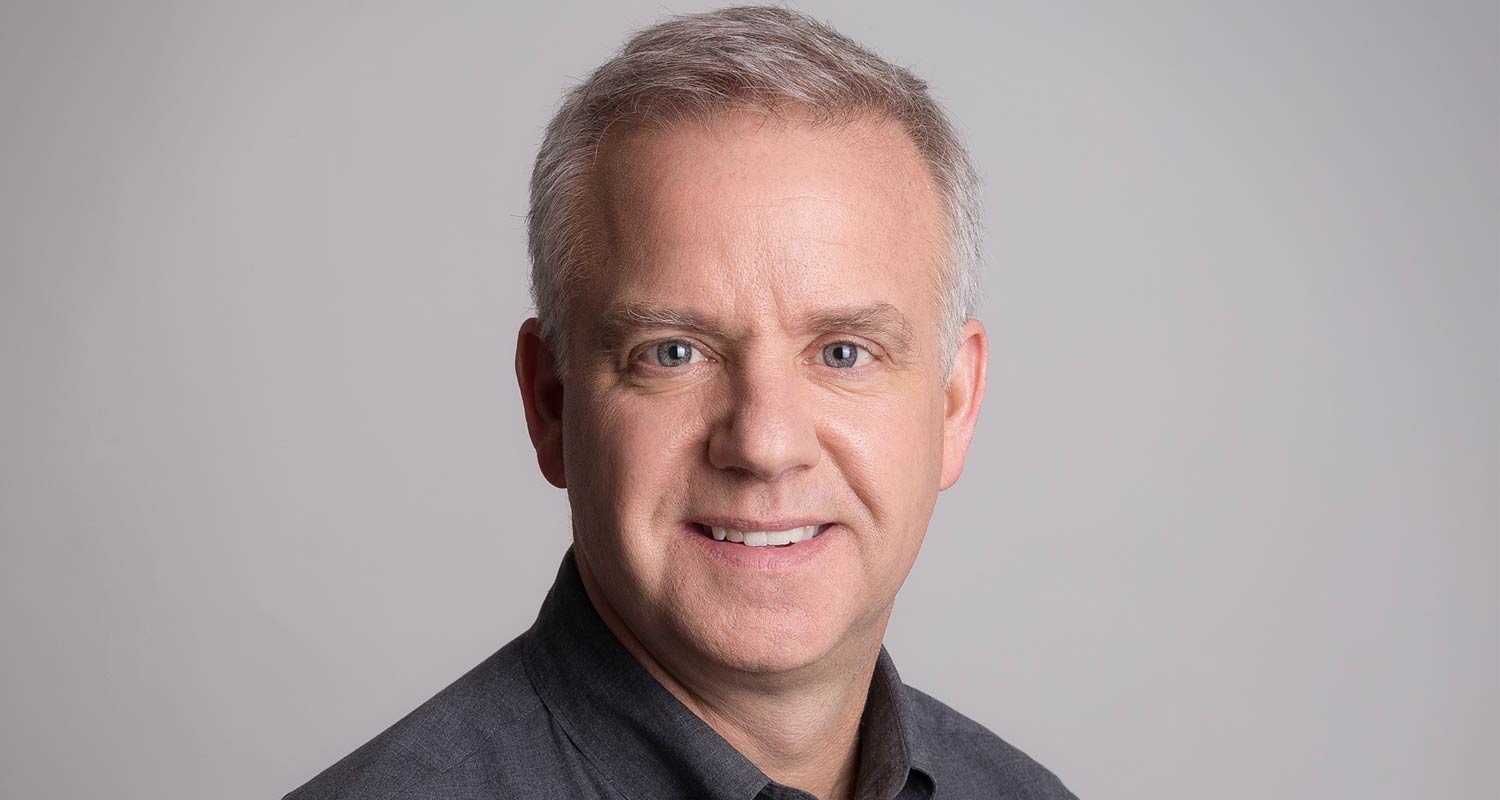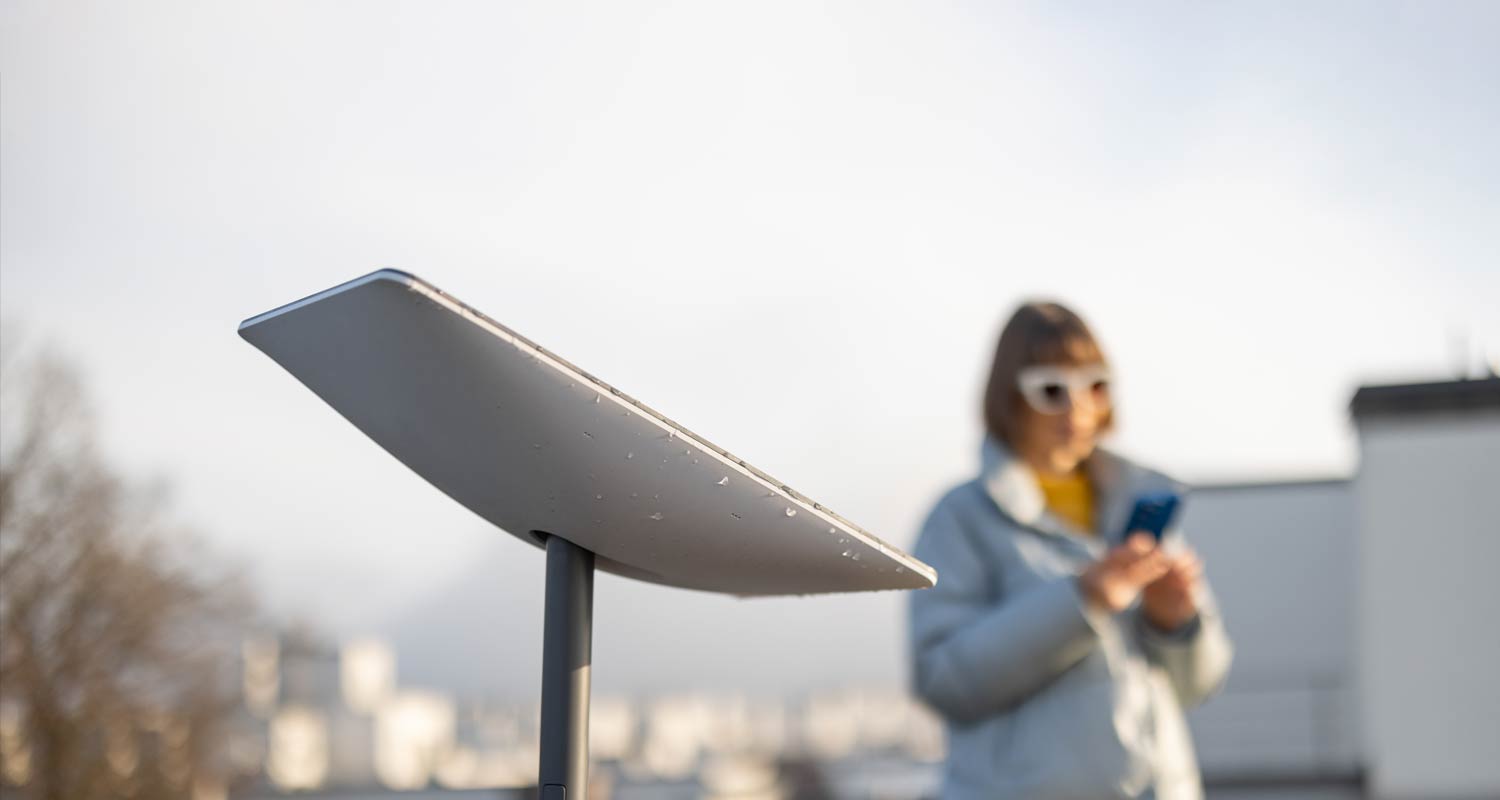 Competition to deliver satellite mobile broadband connectivity from space is intensifying as the race for solutions that solve the universal coverage problem hots up.
Competition to deliver satellite mobile broadband connectivity from space is intensifying as the race for solutions that solve the universal coverage problem hots up.
Low-Earth-orbit (LEO) satellite constellations are proving to be the most practical way of connecting people in rural and remote regions to the internet.
A number of companies including Elon Musk’s Starlink, Amazon.com’s Project Kuiper and others including OneWeb, Telesat and AST SpaceMobile are all challengers in the rapidly expanding LEO satellite space.
However, although all these companies use the same general principle of deploying constellations of orbiting satellites close enough to the Earth’s surface to reduce latency – network round-trip times – compared to satellites in higher orbits, there are differences in the LEO technologies employed and the problems each is trying to solve.
Starlink and Project Kuiper, for example, are focused on the provision of fixed-wireless internet access. Enterprise data backhaul, internet-of-things connectivity and high-capacity data transport represent three other focus areas.
Direct-to-mobile connectivity, which uses LEO satellites to connect mobile devices to terrestrial mobile networks without the need for any additional hardware, is one of LEO technology’s more promising solutions – and could even threaten mobile operators in the longer term.
Cell towers in space
Lynk Global is an American firm leading the charge in satellite direct-to-mobile technology. TechCentral caught up with Lynk Global chief commercial officer Dan Dooley to find out more about the direct-to-mobile space, some of the technical challenges the company (and its rivals) have to overcome and what it’s doing on the African continent.
“We’re the only company on the planet that has patented, proven and is commercially licensed to handle sat-to-phone. Essentially, we build satellites that act as cell towers in space, and these cell towers allow MNOs (mobile network operators) like MTN to use their spectrum to connect to our satellite so they can put a cell site down in a geography where they don’t have a cell site today,” Dooley explained.
Last month, MTN group chief technology and information officer Mazen Mroué announced that the operator was testing various LEO satellite solutions with several partners in Africa. Mroué said MTN was testing direct-to-mobile satellite in partnership with Lynk Global in both South Africa and Ghana.
Dooley confirmed to TechCentral that Lynk Global has also completed another successful trial in Liberia, another MTN partnership, and is active with other operators elsewhere on the continent.

“We have relationships with Vodafone Ghana and Telecel in the Central African Republic. We have two or three others including a partnership in Zimbabwe, but those are yet to be made public. All in all, we’ve partnered with over 35 mobile network operators across the globe covering over 50 countries.”
African mobile operators face a troika of inhibitors when it comes to expanding coverage:
- Vast, sparsely populated landscapes make the cost of deploying infrastructure prohibitive.
- Much of the continent is underdeveloped, making it difficult to access certain regions easily to build network infrastructure.
- Affordability is also an issue: high-end hardware that accompanies fixed-wireless solutions like Starlink’s is not feasible for most Africans.
“We provide the cell towers in space that mobile network operators use to extend their coverage to places they could not extend it before. All phones work on the satellite, even feature phones,” said Dooley.
Founded in 2017, Lynk Global has always focused on direct-to-mobile connectivity. Co-founders Charles Miller, Margo Deckard and Tyghe Speidel worked as missionaries in Africa and often had to ship in telecoms equipment for personal use.
Read: MTN partners with Starlink, AST for African connectivity
“The gear didn’t always work and it was often clunky, so they decided that a way to connect ordinary phones directly to the satellites was needed,” said Dooley.
The solution they devised was to put a “cell tower in the sky”, but this posed challenges. One issue is that because the satellite moves quicky – 480km/h – the company must solve the problem of doppler shift.

The other, Dooley said, is timing. Phones traditionally look for cell towers at about 35km for 2G and about 110km for 4G, not the 500km above the Earth where the satellite is orbiting. “We have to essentially trick the phone into thinking that the tower is not only stationary but that it’s also [relatively] close to the phone,” he said.
There is a misconception that LEO direct-to-mobile solutions will deplete battery life faster than terrestrial connections because the signal has to travel so far. This stems from the fact that traditional satellite phones, which use satellites in geostationary orbit 35 000km above the planet, usually have large, clunky batteries that don’t last very long. But the distance travelled by a signal to or from a LEO satellite is orders of magnitude smaller.
“Looking for a signal is what drains the battery, not a connection with the satellite. Once the phone has a connection with the satellite the battery use is essentially the same [as connecting to a terrestrial tower],” said Dooley.
“In some ways, it’s a better experience for the user because they are no longer bouncing between networks since they have a solid connection to the satellite,” he said.
Since the satellites are in orbit, and not stationary, they only cover a specific region of Earth for a few minutes at a time. To maintain a connection to a device on the ground, a satellite that is moving out of range must periodically “hand over” to another that’s coming into the range. This is no different to the handovers that terrestrial towers perform when a person is driving out of the range of a tower they are currently connected to and must connect to a new tower.
“You do have to hand over frequently, every few minutes, but it’s very predictable,” Dooley said. “Voice and data work but we don’t have enough satellites deployed yet to have those connections between the satellites work. To offer continuous, redundant voice and data services everywhere around the globe, we will need about 900 satellites,” said Dooley.
‘Doable’
The company aims to have more than 900 satellites deployed by 2026. It manufactures its own satellites, so it is the production component of its workflow that needs to ramp up before its constellation can reach critical mass. Even so, a number of “intermittent” services, such as emergency messaging and a three-minute voice service, are possible with a smaller constellation.
According to Dooley, launching “hundreds of satellites at a time” will be doable once production reaches scale. Like many others in the LEO space, including OneWeb and AST SpaceMobile, Lynk Global uses SpaceX – the owner of rival Starlink – to launch its satellites.
In December, Lynk Global announced that it had signed a letter of intent that would see the company combining with Nasdaq-listed Slam, a special purpose acquisitions company, in a reverse listing. It is expected that the combined company will be valued “at no less than US$800-million” upon listing.
It’s not difficult to imagine that companies like Lynk Global, once their LEO constellations are in orbit in the coming years, might decide to compete directly with the mobile operators by taking advantage of the global economies of scale that their solutions provide. But Dooley believes this is unlikely.
Read: Direct-to-mobile satellite will change the game: Vodacom
“That is theoretically, or academically, an option. But we are a wholesale-only provider. There is a lot of hassle that comes with being in that end-user space, especially if you include multiple geographies. We are much better suited to partnering with the mobile network operators, which have the spectrum and customers already.” — © 2024 NewsCentral Media



